One of the highlights is to add regulations to put culture in its rightful place in the construction and development of the Capital.

Put culture in its rightful place
The Party and the State pay special attention to the rapid and sustainable development of Hanoi Capital. Notably, Resolution No. 15-NQ/TU dated May 5, 2022 of the Politburo on "Orientations and tasks for the development of Hanoi Capital to 2030, with a vision to 2045" sets out the goal of developing Hanoi Capital into a "Cultured - Civilized - Modern" city.
Next, in Resolution No. 30-NQ/TU, dated November 23, 2022 of the Politburo on " Socio -economic development and ensuring national defense and security in the Red River Delta region to 2030, with a vision to 2045" also determined: "Developing the Capital worthy of the thousand-year-old tradition of Thang Long - Hanoi, truly a center of convergence and cultural crystallization of the whole country".
In addition to the achievements, in recent times, some criteria for building elegant and civilized Hanoians have not met the requirements, and have not created a clear change in the behavioral culture and civilized urban lifestyle of the people. At the same time, there is still a lack of specific regulations to realize the goal of building a culture of elegant, polite, loyal, civilized Hanoians , representing the culture, conscience and dignity of the Vietnamese people. Some heritages and spiritual cultural values of Hanoians are gradually being lost...
Therefore, the 2024 Capital Law has been researched and supplemented to identify the unique features and characteristics of the Capital's culture, placing culture in a worthy position in the construction and development of the Capital.
According to the assessment of the Hanoi City Council for Coordinating Legal Education and Dissemination, the cultural policies in the Capital Law have two important groups, including the group of policies on protection and the group of policies on development of the capital's cultural values. The group of policies on protection, with notable provisions such as: Allowing the establishment of a Fund for preserving the capital's historic inner city area; allowing the city to prescribe a higher level of support than current regulations for many subjects operating in the fields of culture, arts, artisans and practitioners of intangible cultural heritage...
The development policy group proposes specific and outstanding policies, including regulations on the establishment of commercial and cultural development zones. In particular, the city is allowed to apply the public-private partnership method in the fields of culture and sports on a scale equivalent to medical and educational projects...
The legal corridor has been cleared.
Statistics show that Hanoi has 5,922 historical and cultural relics. The Capital Law allows the establishment of a Fund for the preservation of the historical inner city areas of the Capital. This brings much hope to the people of the Capital in the work of protecting and promoting cultural heritages in the area by effectively mobilizing and supplementing social resources.
Notably, on April 29, at the thematic session (22nd session), the Hanoi People's Council unanimously approved the Resolution promulgating the List of areas, relics, heritages, and works requiring concentrated resources to protect and promote cultural values; List of typical blocks and streets with cultural and historical values, valuable architectural works to restore, protect, and promote values in Hanoi (implementing Clauses 3 and 4, Article 21 of the 2024 Capital Law).
According to the Resolution, in Hanoi's Old Quarter, there are 21 streets within the scope of protection and restoration at level I, such as: Cho Gao, Hang Duong, Nguyen Sieu, Dao Duy Tu, Hang Giay... In addition, there are 40 streets within the scope of protection and restoration at level II, including streets such as: Bat Dan, Bat Su, Cau Go, Cua Dong, Dong Xuan... In Hanoi's Old Quarter, 16 street sections with many villas of special architectural value are also included in the conservation list... Hanoi People's Committee expects that resources to implement the Resolution will come from tourism exploitation in relic areas, heritage sites, typical streets, valuable architectural works, along with the state budget, socialization, funding funds and other legal resources.
The Management Board of Hoan Kiem Lake and Hanoi Old Quarter believes that the key factor in the implementation process to effectively preserve and promote the value of the Old Quarter and Old Town is the consensus of the government, people and social organizations. Only with the joint efforts can Hanoi truly preserve its cultural identity and develop sustainably.
Along with that, Hanoi's strength in developing culture is not only its rich cultural heritage, but also its enormous human resources. The Capital Law 2024 is opening up many opportunities for universities and colleges to participate in training, research, preservation and cultural development activities of Hanoi Capital, especially in training and fostering high-quality human resources for the cultural industry. The destination for culture to truly be a resource, an endogenous strength, and a pillar for the development of the Capital.
Source: https://hanoimoi.vn/tam-nhin-moi-ve-phat-trien-van-hoa-thu-do-703260.html



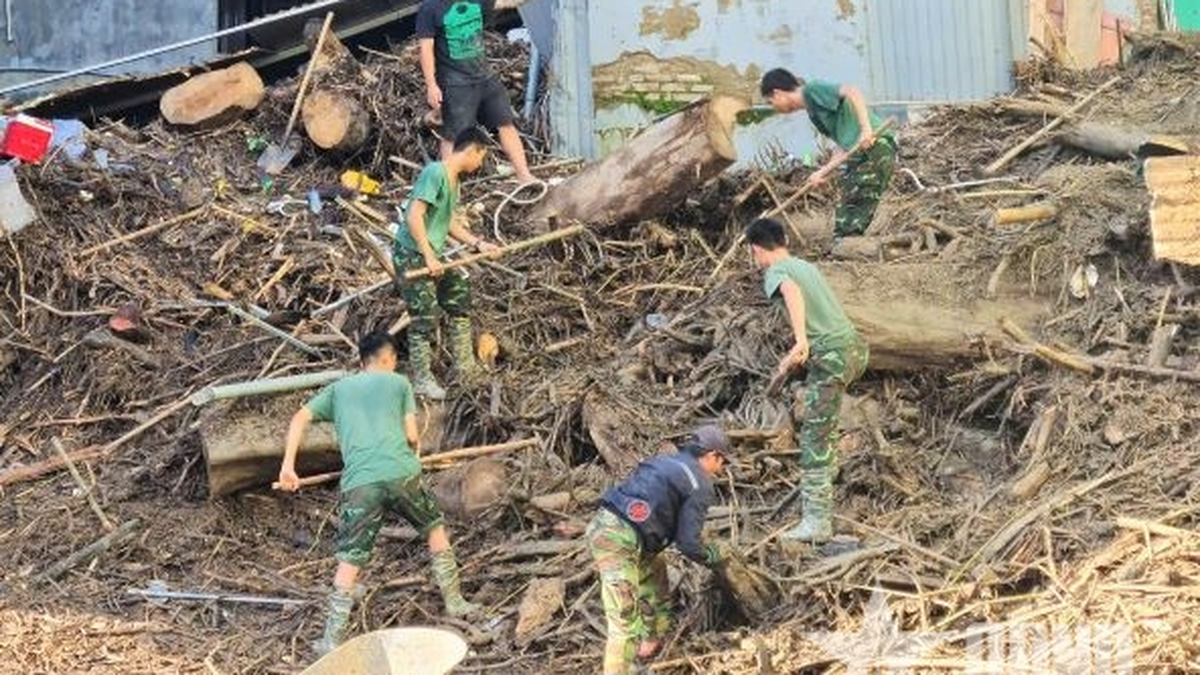
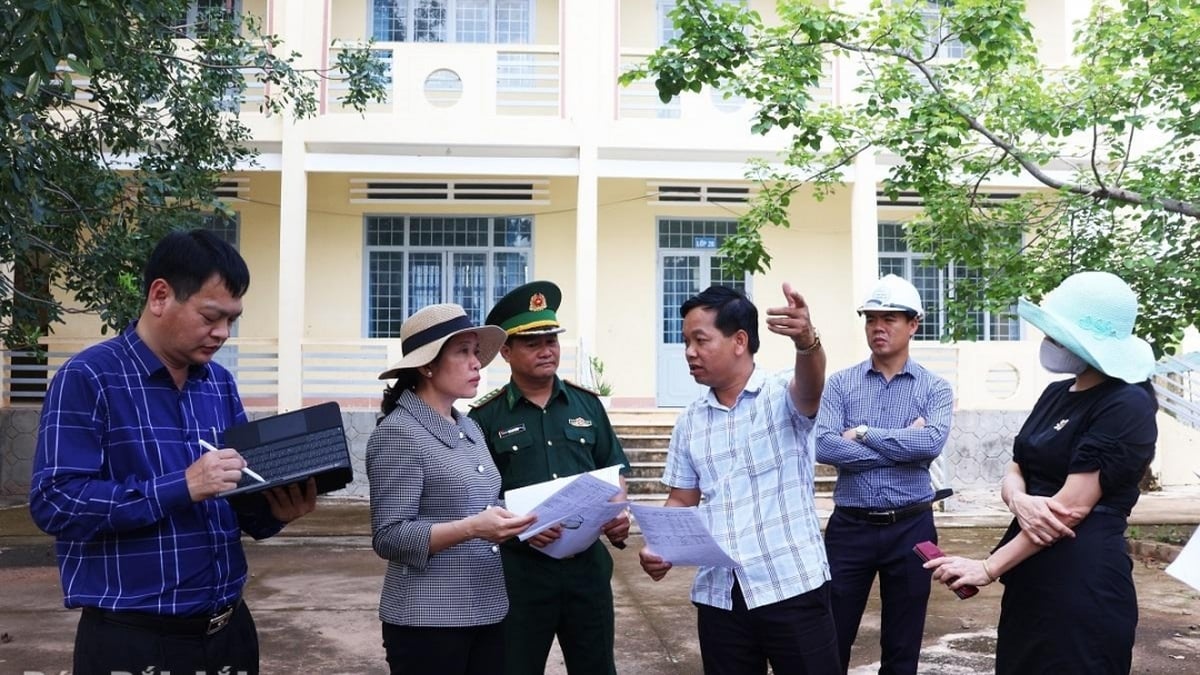
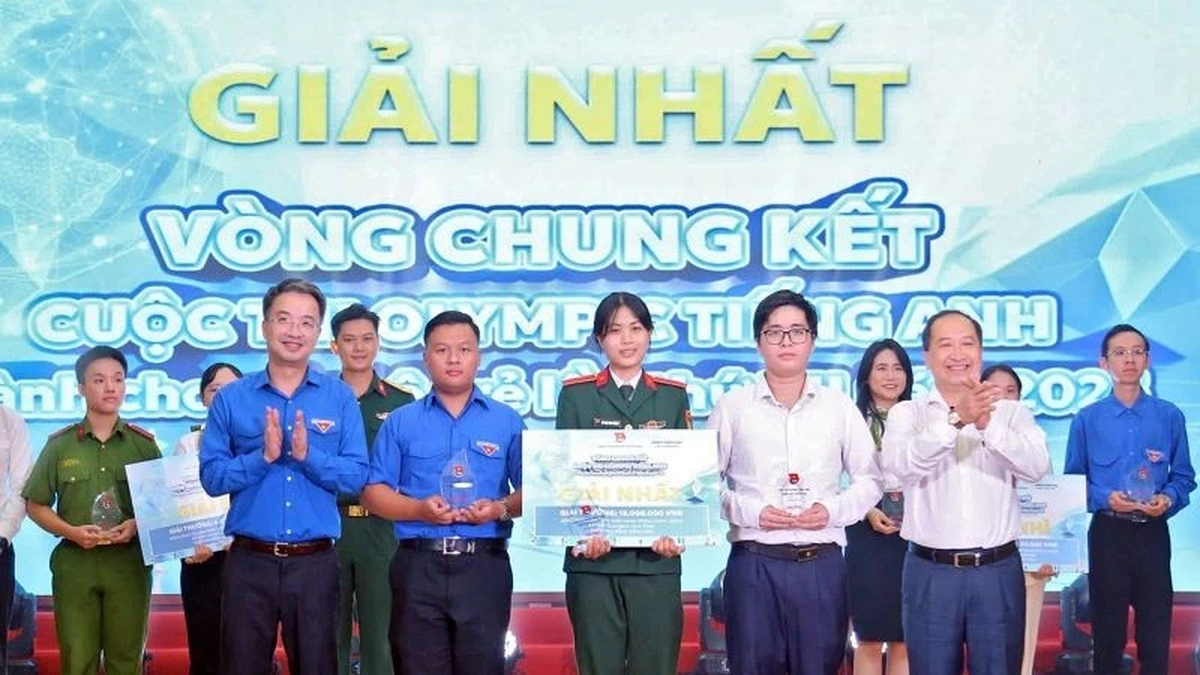

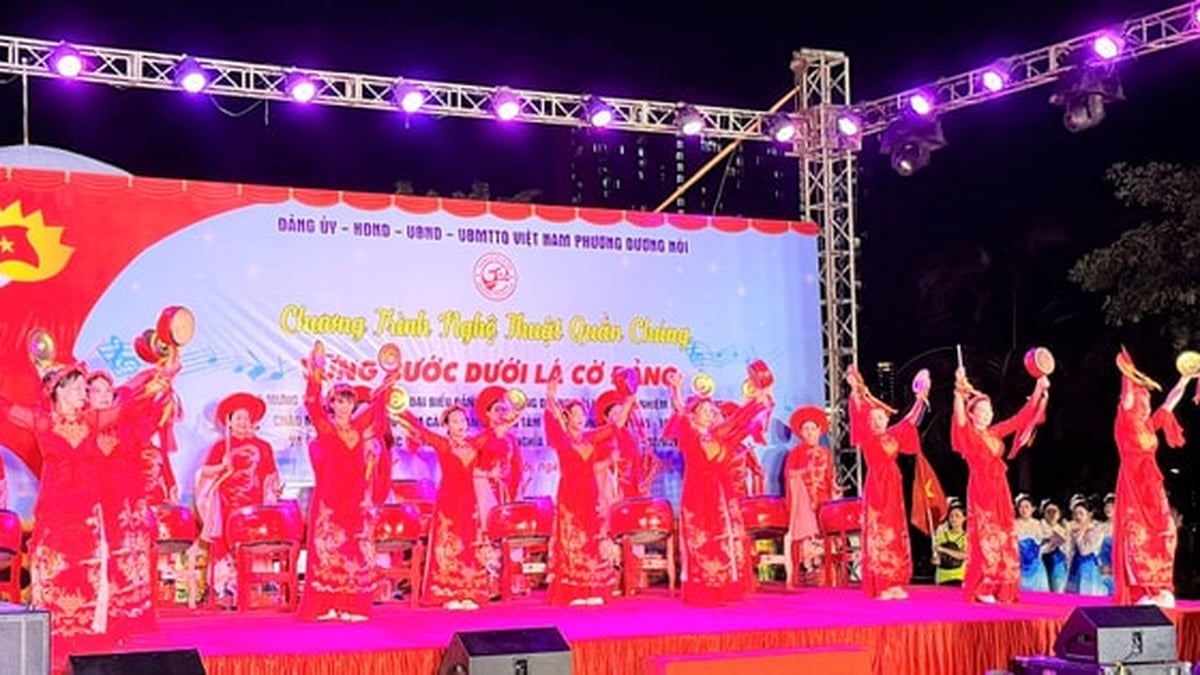
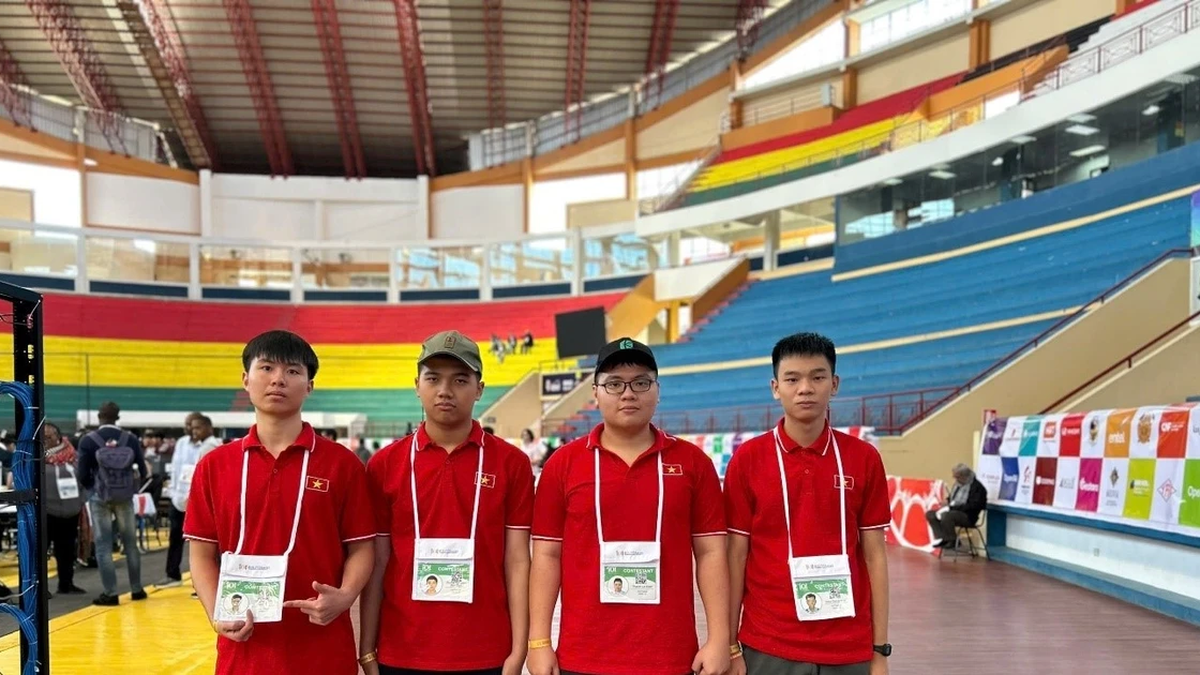
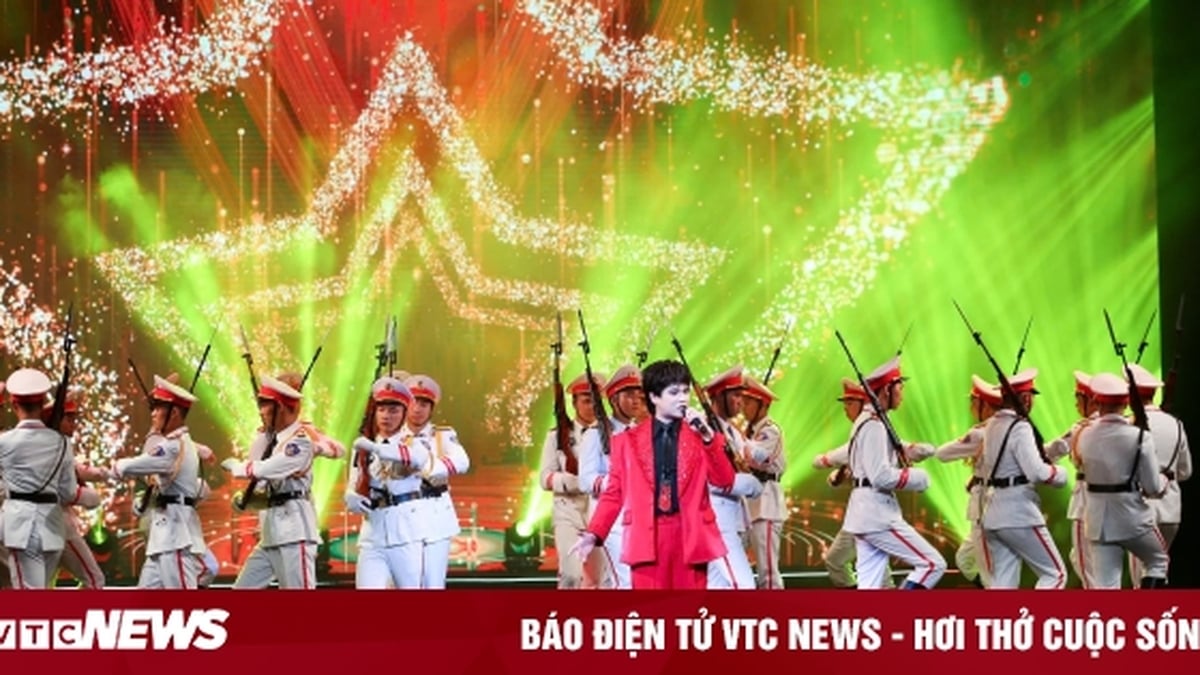
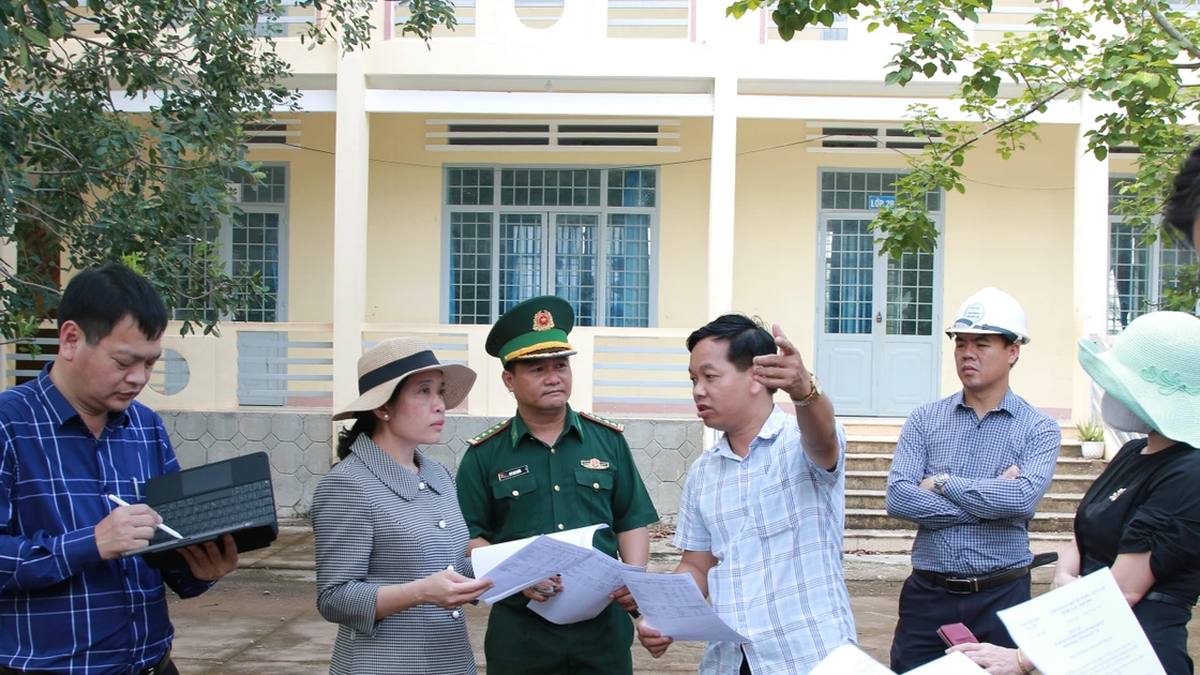
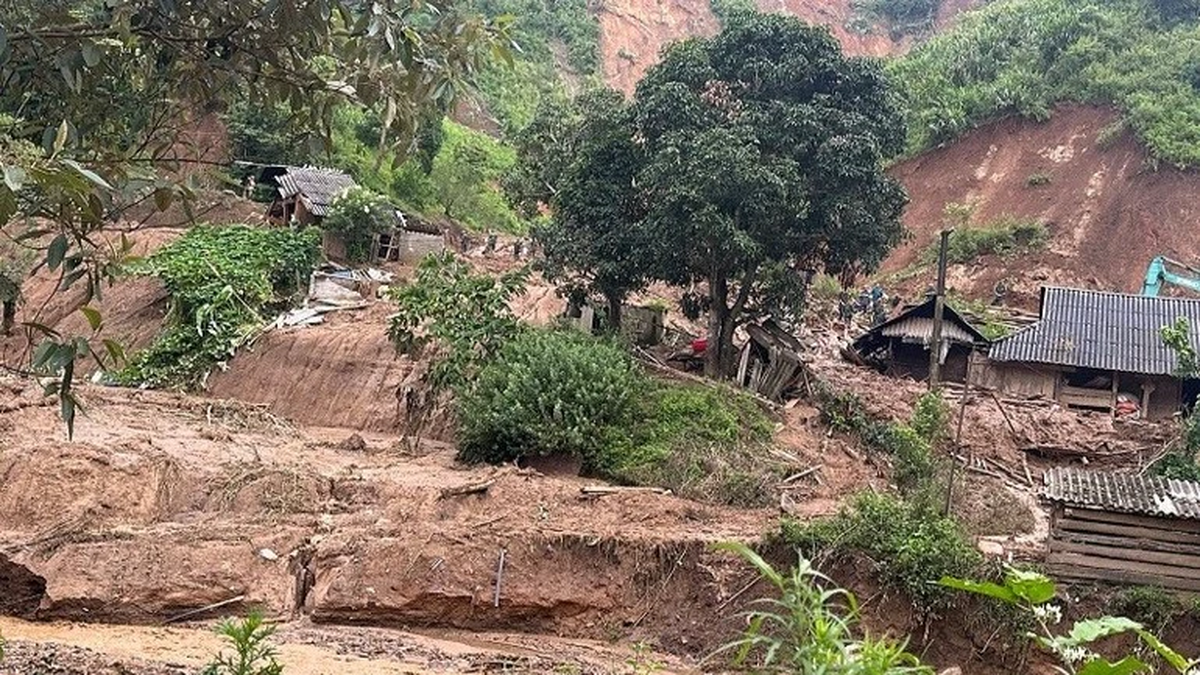



















































































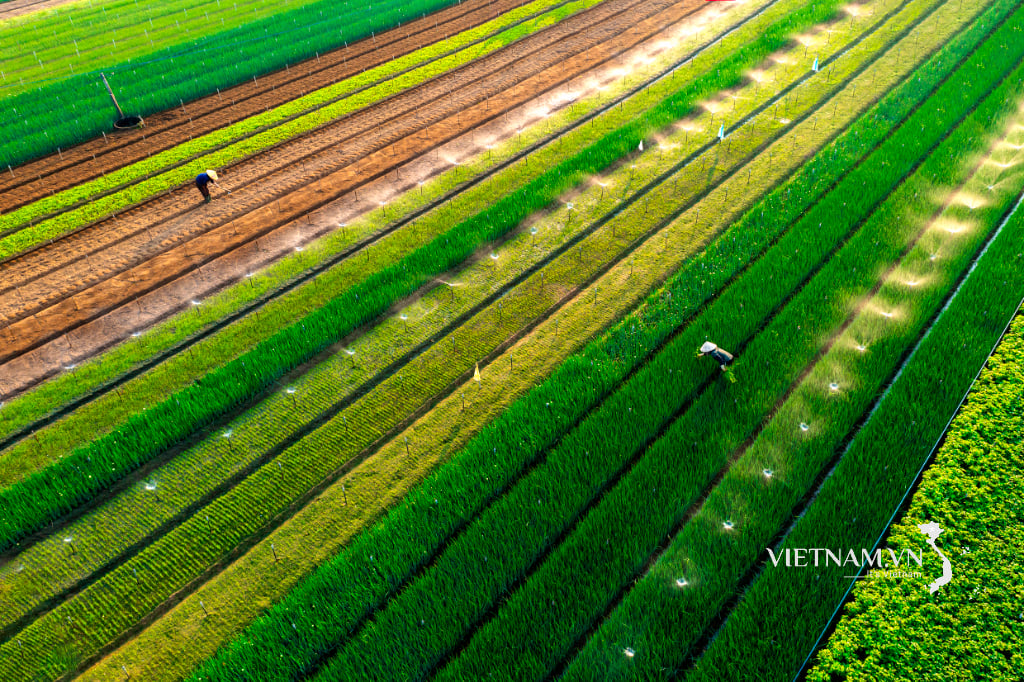



Comment (0)